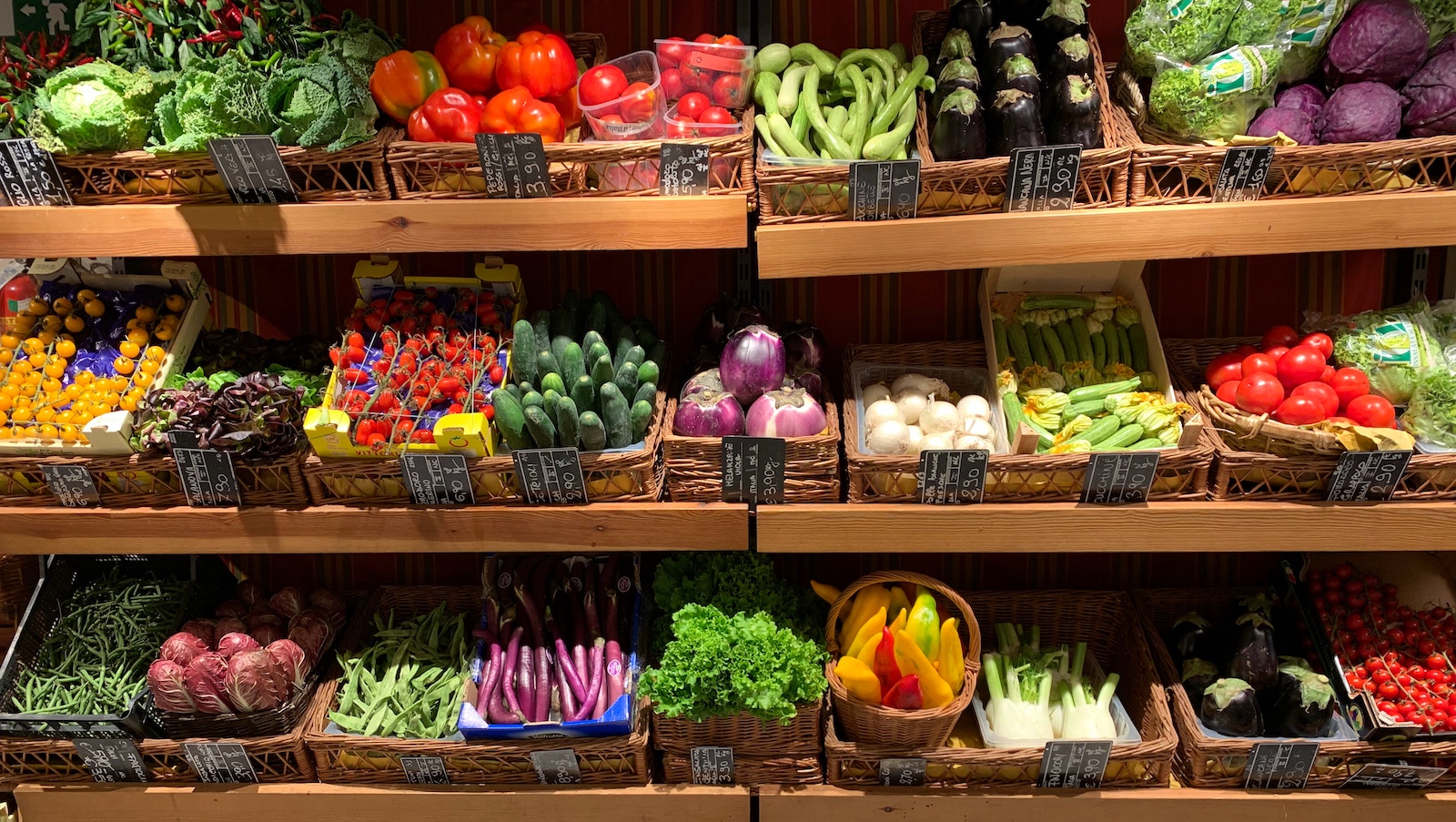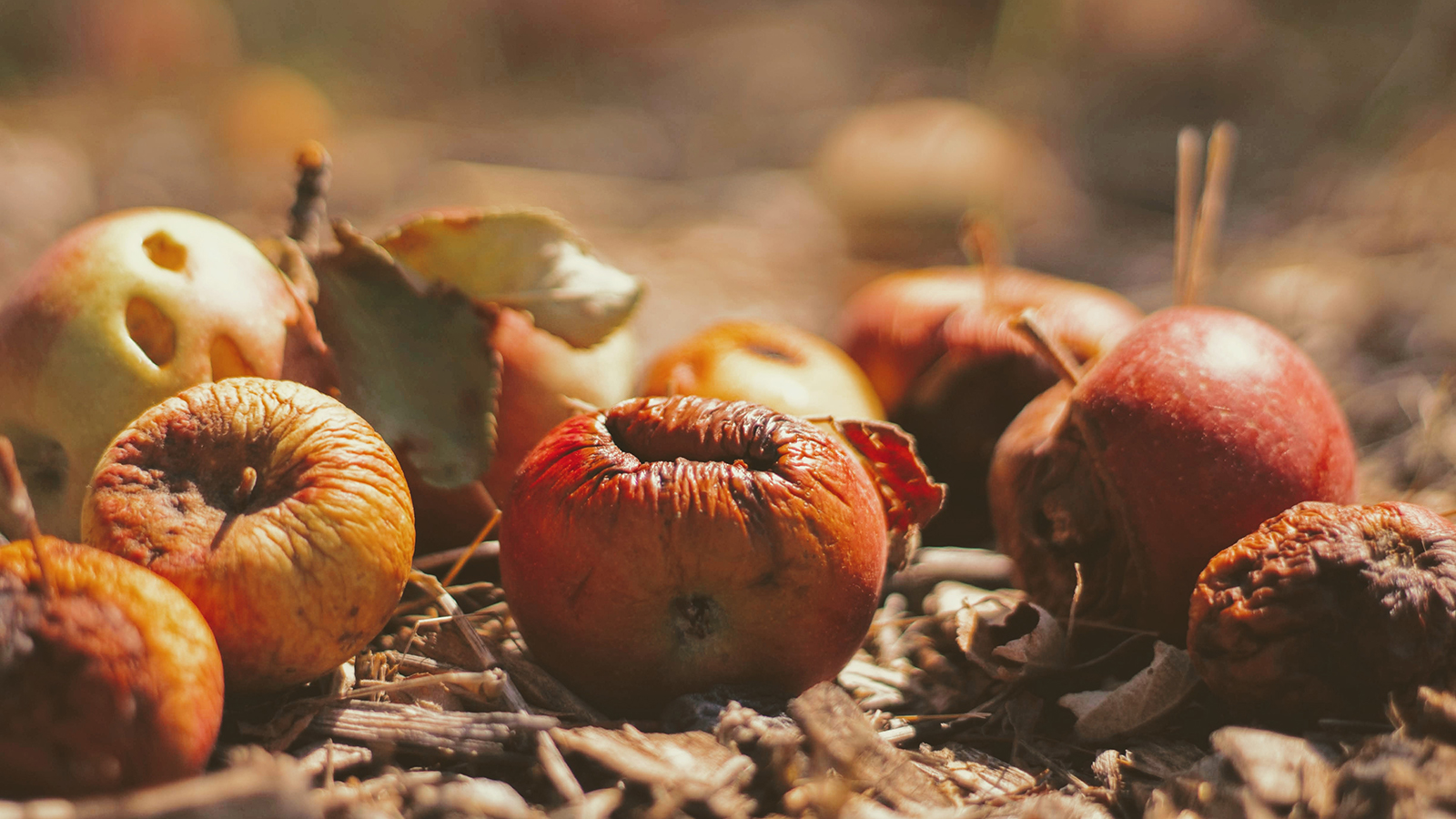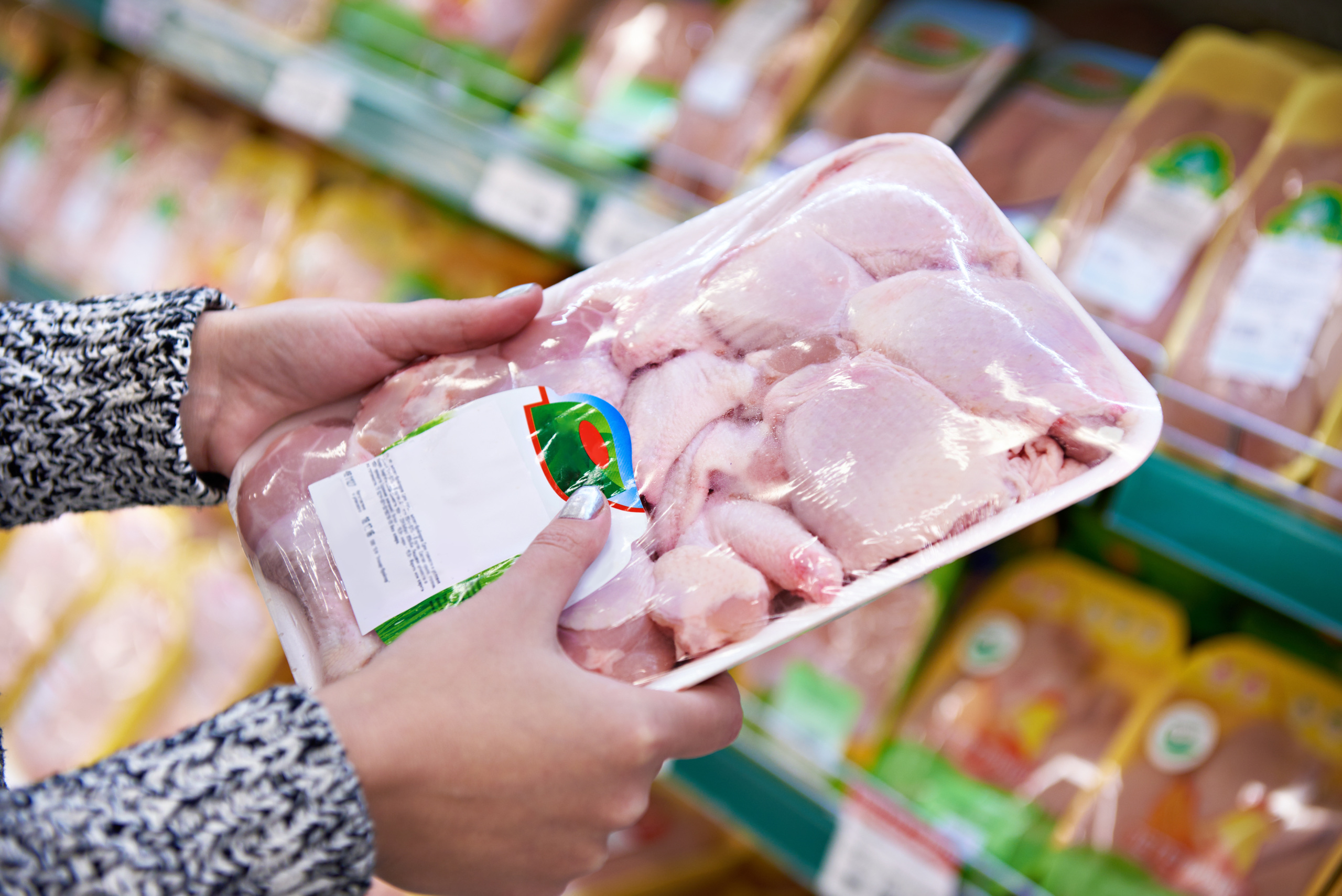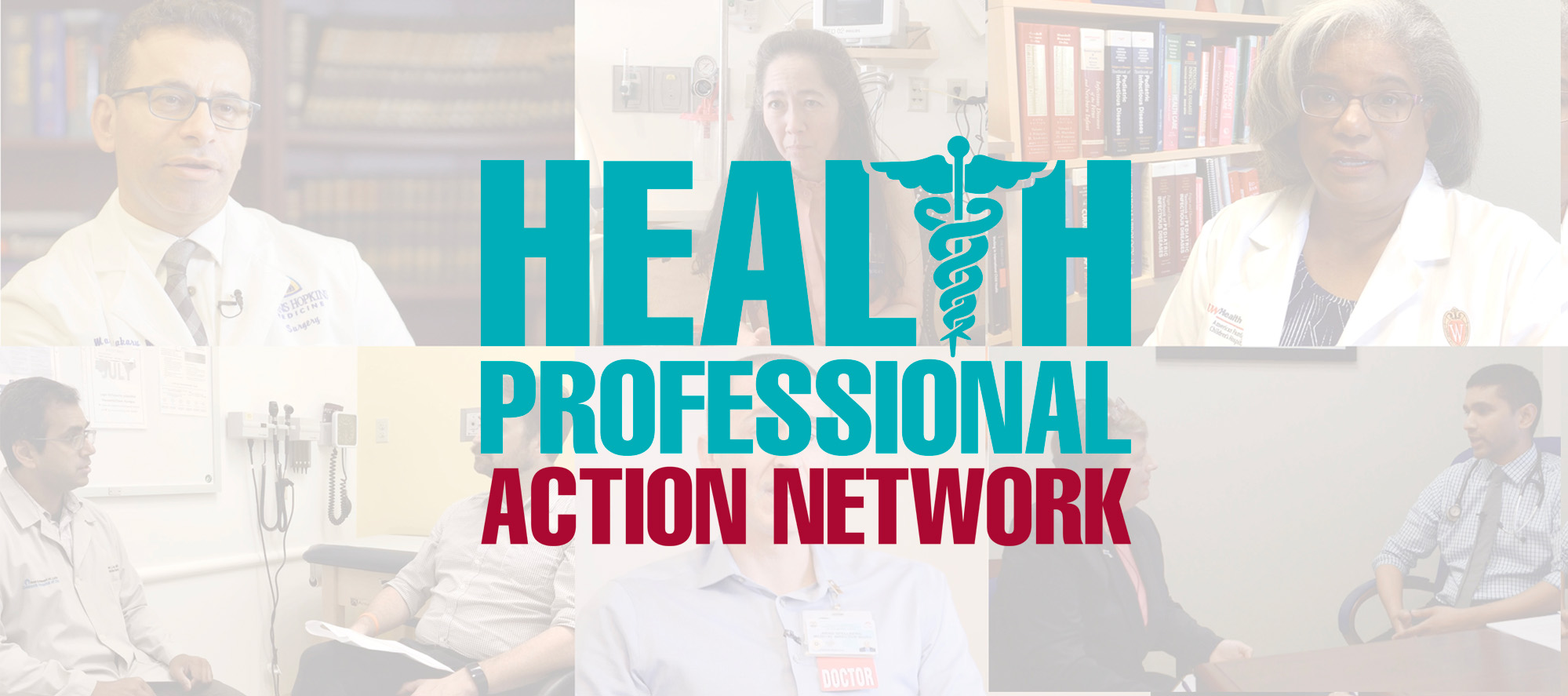
Ending the Abuse of Antibiotics in Livestock Production
A Case for Reform
Without urgent, coordinated action by many stakeholders, the world is headed for a post-antibiotic era, in which common infections and minor injuries which have been treatable for decades can once again kill.
Over 70% of antibiotics in classes used in human medicine are sold for use in food animals. This is typically done to increase the speed at which animals gain weight or to prevent disease caused by unhealthy and unsanitary conditions.
Once replicated in animals, resistant bacteria can make their way to humans through contaminated food, airborne dust blowing off farms, and water and soil polluted with contaminated feces.
CoPIRG Foundation
Sir Alexander Fleming’s discovery of penicillin in 1928 ushered in the antibiotics age, a giant scientific leap forward that armed doctors with potent weapons against many of the world’s deadliest diseases. Able to combat potentially lethal illnesses such as pneumonia, bacterial meningitis, rheumatic fever and even life-threatening infections developed from simple scrapes or surgery, antibiotics have saved millions of lives and are one of our most important public health tools. Despite their significance, however, overuse and misuse threatens the efficacy of these precious drugs. Among the biggest abuses, often antibiotics are given to healthy animals as a production tool, and not to treat illness. The following white paper outlines the case for immediate action to stop the misuse of antibiotics on factory farms and protect the long terms effectiveness of these life-saving medicines.
Antibiotics: Highly Vulnerable Miracle Drugs
While antibiotics today seem an indelible part of the lives of most Americans, even the earliest scientists responsible for their discovery warned of an Achilles heel that could one day threaten their ability to save lives. In accepting his Nobel Prize, in fact, Sir Alexander Fleming himself cautioned that bacteria could develop resistance to penicillin.1
The ability of a bacterium to develop resistance to antibiotics such as penicillin is rooted in the ability of this organism to quickly adapt to new threats through mutation. When bacteria are exposed to an antibiotic, most of them will be susceptible to the drug and die. Some of the organisms, however, possess genes that will allow them to survive the onslaught. Left without competition for food from their more vulnerable counterparts, these resistant ‘superbugs,’ replicate very quickly. For instance a single drug-resistant E. coli bacterium can multiply into more than a billion E coli cells in just 24 hours. Furthermore, these resistant cells can pass on their resistance to other, unrelated bacteria. Thus, the more antibiotics that are used, the more opportunities bacteria have to develop resistance.
Despite this well-recognized phenomenon, however, antibiotics are used in massive, untargeted and unrestricted quantities and are not even limited to the treatment of sick people. As a consequence, bacterial resistance to antibiotics is now cited by health experts in the United States and across the globe as one of the most serious health crises of our time.
Recognizing the urgency of the problem, in September 2013 and April 2014, the U.S. Centers for Disease Control (CDC) and the World Health Organization (WHO) released detailed studies on bacterial resistance. The CDC report found at least two million Americans are sickened by drug-resistant bacteria each year, 23,000 fatally.2 Additionally, the WHO report cited estimations that ‘superbug’ infections resulted in eight million additional days in hospitals, which costs between $21 and $34 billion each year in the U.S. alone.
Sounding the alarm for action, WHO Assistant Director-General Keiji Fukuda warned:
Without urgent, coordinated action by many stakeholders, the world is headed for a post-antibiotic era, in which common infections and minor injuries which have been treatable for decades can once again kill.3
Antibiotic Abuse on Factory Farms: A Major Source of Resistance
Over 70% of antibiotics in classes used in human medicine are sold for use in food animals. This is typically done to increase the speed at which animals gain weight or to prevent disease caused by unhealthy and unsanitary conditions.4
According to a Pew Charitable Trust analysis of U.S. Food and Drug Administration data, for instance, in 2011 29.9 million pounds of antibiotics were sold in the United States. In the same period, only 7.7 million pounds were sold to treat sick people.5 Most of these drugs are available by prescription only for people and pets, but are legally obtained over the counter to administer to healthy food animals.
The use of antibiotics – many of which are identical (or nearly so) to human medicines such as those containing penicillin, tetracycline, erythromycin, and sulfonamide – in livestock production on this massive scale accelerates the development of drug-resistant bacteria, which can then find their way to the human population through numerous pathways.
Once replicated in animals, resistant bacteria can make their way to humans through contaminated food, airborne dust blowing off farms, and water and soil polluted with contaminated feces.
Data collected by the FDA and United States Department of Agriculture (USDA) show that food animals and retail meat are routinely contaminated with resistant and multidrug resistant bacteria (Enterococci, E coli, Salmonella, and Campylobacter) that can be transmitted through food.6
A growing body of evidence documents this phenomenon, including:
- A 2012 study conducted at Arizona’s Translational Genomics Research Institute documented the ability of an antibiotic-susceptible Staphylococcus strain to pass from humans to pigs, become resistant to the antibiotics tetracycline and methicillin in pigs, and then pass back to humans.7
- A U.S. study in 2012 linked E. coli in poultry and E. coli infections in humans.8
- A 2007 study in Minnesota and Wisconsin found that antibiotic resistant E. coli in people was likely to have come from poultry.9
- A 2003 study reported that infection from a specific strain of Salmonella in New England rose from 0 to 53 percent between 1998 and 2001. Strains found in humans showed similar genetic and antibiotic resistance patterns as those in found in dairy cattle10
- An April 1999 study by the Government Accountability Office concluded that resistant strains of three microorganisms that cause food-borne illness or disease in humans—Salmonella, Campylobacter, and E. coli—are linked to antibiotic use in animals.11
The U.S. Food and Drug Administration (FDA) has also documented the threat of factory farm antibiotics use to human health. According to documents obtained by the Natural Resources Defense Council, between 2001 and 2010, the FDA reviewed the safety of thirty of its antibiotics approved for use in animal feed. The agency rated 18 of these drugs as posing a ‘high risk’ to human health because they could lead to exposure of humans to superbugs through the food chain.12
The Victims of Antibiotic Resistance
The CDC conservatively estimates that 23,000 Americans die from illness caused by drug-resistant bacteria each year. The responsible superbugs range from methicillin-resistant Staphylococcus aureas (MRSA), to Pneumococcus, the leading cause of pneumonia and meningitis in the United States, to Salmonella.
The World Health Organization also warns of the following global health implications:
Community-acquired infections such as pneumonia, which used to be readily treatable after the introduction of penicillin, may not respond to available or recommended drugs in many settings, putting the lives of patients at risk; Cystitis, one of the most common of all bacterial infections in women, which readily responded to oral treatment in the past, may need to be treated by injected drugs, imposing additional costs for patients and health systems, or become untreatable; Common infections in neonatal and intensive care are increasingly becoming extremely difficult, and sometimes impossible, to treat.
Victims at especially high risk include patients receiving chemotherapy for cancer, complex surgeries, dialysis and organ and bone marrow transplants. These patients are much more susceptible to bacterial infection, and treatment relies often on effective antibiotics to ensure recovery. A drug-resistant infection could mean more stress, illness, cost and sometimes death in these cases.13
Confronting the Crisis: Ban Antibiotic Abuse on Factory Farms
To combat the spread of bacterial drug-resistance, antibiotics for food animal use should be used sparingly, and only on sick animals.
Medical and scientific experts across the globe agree.
In 2002, the journal Clinical Infectious Diseases published a two-year review by experts in human and veterinary medicine, public health, microbiology, biostatistics, and risk analysis of more than 500 scientific studies on the human health impacts of antimicrobial use in agriculture. The experts recommended that antimicrobial agents no longer be used in agriculture in the absence of disease. 14
A 2003 Institute of Medicine report recommended that “FDA ban the use of antimicrobials for
growth promotion in animals if those classes of antimicrobials are also used in humans.”15
The need for action to curb antibiotic use in animal feed is particularly urgent due to a lag in the development of new antibiotics that can work against bacteria resistant to current antibiotics. According to the Pew Charitable Trusts, “Many major pharmaceutical companies have limited their investments in this antibiotic innovation, and only two new classes of these substances have reached the market in 30 years.”16
International Action Taken
Action to curb unnecessary antibiotic use on factory farms is growing across the globe.
Recognizing the threat of resistance to both their human and animal populations, the world’s leading pork exporter, Denmark, instituted a process, finished in 1999, that banned the use of antibiotics in animal feed to make animals grow faster. The policy also banned the use of antibiotics for many types of disease prevention, a use often employed to allow crowded and unsanitary conditions. As a result, antibiotic use in Denmark has dropped by 50 percent without a loss in productivity.
Farmers in Denmark achieved these reductions largely through better sanitation standards. A Pew Charitable Trusts report stated:
According to Danish industry representatives, minor changes in animal husbandry, such as more frequent cleaning of housing, improved ventilation, later weaning, additional space for animal movement, as well as experimenting with feed quality and additives made up for the lack of routine antibiotics on most farms.17
To combat increasing bacterial resistance, including the spread of drug-resistant Salmonella and E. coli, in 2008 the Netherlands also instituted a series of rules that required a 70 percent reduction in antibiotic use in livestock production. According to a 2013 report published by the Dutch Central Veterinary Institute, clear indications exist that the occurrence of antimicrobial resistance in animals is decreasing in the Netherlands.18
On the heels of the release of World Health Organization report, in June 2014, the Drug Controller General and Agriculture Ministry of India also directed state governments across the country to stop the use of antibiotics in animal feed.
A Need for Action in the United States
Despite international measures taken to limit the contribution of livestock production to a decline in antibiotic effectiveness, the U.S. has yet to fully confront this public health crisis.
In the 1970’s, scientist began to warn that the overuse of antibiotics on factory farms was fueling a surge of drug-resistant germs. In response, in 1973, the FDA proposed withdrawing approvals for animal feed additives containing penicillin and most tetracyclines. In 2003, FDA published a set of recommendations for industry to assess the antibiotic resistance risk of new antibiotics for animals. These were not, however, legally binding and the agency has not evaluated drugs approved for use before the guidelines were announced. Furthermore, according to a 2011 report issued by the Natural Resources Defense, FDA never followed up on their proposals to ban approvals and even failed to abide by its own regulations, letting drug companies market antibiotics for animal growth and disease prevention without proving their safety.
In December 2013, FDA issued the first comprehensive guidelines around antibiotic use in livestock farming in several decades. The guidelines, while taking some action, however, will not end the use of antibiotics on factory farms. First, the guidelines do not require compliance – they are voluntary. Additionally, they do not ask farms to end all the misuse on their farms. In fact, they only ask drug manufacturers to stop labeling and marketing antibiotics for growth promotion, and do not address those used to prevent future disease. In practice, these uses can be very similar, and both threaten human health. Thus, restricting the use of antibiotics on factory farms for growth promotion and not for disease prevention could ultimately lead to very little appreciable decrease in antibiotic use. The Netherlands tried an approach similar to that taken by the FDA and found it did not lead to antibiotic reductions. The Dutch government followed up with targets for antibiotic reduction19.
Furthermore, the guidelines do not require drug manufacturers, feed mills or farms to systematically report the quantities and specific types of antibiotics they add to feed to promote growth or prevent disease. Thus, Americans and enforcement agencies will be kept largely in the dark as to whether levels of antibiotics use in livestock production are in actuality dropping.
Drug manufacturers, in public statements to their stockholders, have themselves expressed confidence in these loopholes.
In response to the FDA guidance the animal pharmaceutical trade association, the Animal Health Institute, said: “Growth uses of medically important antibiotics represent only a small percentage of overall use, so even if all other factors are static it’s unlikely overall use would be greatly affected.”20
The president of Elanco, the animal health division of Eli Lilly – a prominent antibiotics manufacturer, in responding to the FDA guidance, also told the Wall Street Journal that: “We do not see this announcement being a material event.”21
Furthermore, a spokesperson for Zoetis, which describes itself as the largest global animal health company, told the New York Times that “the new policy was not expected to have a big effect on the revenues of the company because many of its drug products were also approved for therapeutic uses.”22
Strong Opposition to Reform
In 2011, the American Medical Association, American Academy of Pediatrics, Infectious Diseases Society of America and many other U.S. medical and scientific leaders agree. They issued a joint letter to Congress, stating:
The evidence is so strong of a link between misuse of antibiotics in food animals and human antibiotic resistance that FDA and Congress should be acting much more boldly and urgently to protect these vital drugs for human illness. … Overuse and misuse of important antibiotics in food animals must end in order to protect human health.23
Despite this medical and scientific consensus, the lack of strong action to curb antibiotic use on factory farms comes in the face of extensive opposition from drug manufacturers, veterinarians, and the livestock industry. Among these opponents are the National Chicken Council, National Turkey Federation, National Pork Producers Council, National Milk Producers Federation, and National Beef Packing – all trade groups for the multi-billion dollar a year meat and dairy industries.
Policy Recommendations
In order to confront the health crisis of antibiotic resistance, U.S. PIRG Education Fund recommends the following actions:
- The U.S. Food and Drug Administration should immediately restrict the use of antibiotics in livestock production to only cases of animal sickness or direct disease exposure
- The U.S. Food and Drug Administration should also require that administration of antibiotics to animals on factory farms be overseen by a qualified veterinarian who has been to the farm or ranch where the animals are being raised
- State health agencies should also ban the use of antibiotics in livestock production, unless an animal is sick
- The U.S. should adopt a robust tracking system to document the sale, use and impacts of antibiotic use in livestock production
- Pharmaceutical companies should increase investment in the development of new antibiotics that are able to fight infections caused by bacteria that are resistant to existing drugs
- Restaurants, grocery stores and other businesses in the food industry should adopt a policy to sell only meat that it is produced on farms that reserve antibiotics for animals that are actually sick
- The United States Department of Agriculture should fund research on practices that reduce the need for antibiotic in food animals.
For citations, download the report.
Topics
Find Out More


The food we waste could end hunger

Superbugs in Stock

